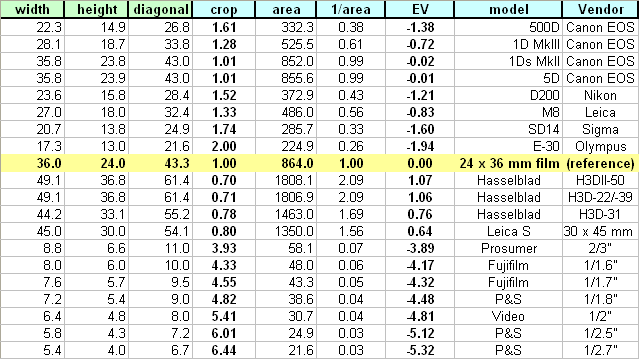Do current lenses outresolve sensors
I still doubt camera FF Nikkors can reach 100lp/mm ACROSS the image circle.
(Well, there is one nikkor that sure can do even more--the printing Nikkor).
The parameters of the mount diameter and distance to the sensor and its size are not optimal from the digital point of view. They are on 4/3: big mount diameter, almost the same flangeback distance as FF and small sensor. Therefore Zuikos can fly across the 4/3 frame with resolution, vignetting, CA etc. But the price is the SHG size.
For FF Nikkors to try match that behavior they'd need to be 2-3 times bigger than now to start with, IMHO.
It would be interesting to mount the new cine Leica primes on a D3x, supposedly they cover the FF (43mm) image circle.
I am afraid that would require alterations to the mount and mirror though (flange back distance). And those babies weigh 2 kg and cost 15,000$ a pop.
When I get the ordered SHG glass I'll also borrow D3x and do some tests with Nikkors.
As for diffraction, I believe it is fair to assume that Zuikos (similar to Leica) are diffraction limited ie. only physics limits them, not construction. In 4/3 and with the 12Mpixel sensor the Airy disk becomes bigger than the assumed CoC (circle of confussion, for 4/3 CoC= 0,015mm) at f13.
But frankly, before we get to diffraction at f13, there will be focussing errors, camera shake, mirror slap, visibility ....So even on 4/3, with Zuikos, diffraction is a theoretical problem, I think.
(nice diffraction calculator here:
http://www.cambridgeincolour.com/tutorials/diffraction-photography.htm)
PS. Even if current nikkors seriously outresolve the 24Mpix sensor the gain in resolution from going to a 37mpix sensor will be 25% in lw/ph.
I still doubt camera FF Nikkors can reach 100lp/mm ACROSS the image circle.
(Well, there is one nikkor that sure can do even more--the printing Nikkor).
The parameters of the mount diameter and distance to the sensor and its size are not optimal from the digital point of view. They are on 4/3: big mount diameter, almost the same flangeback distance as FF and small sensor. Therefore Zuikos can fly across the 4/3 frame with resolution, vignetting, CA etc. But the price is the SHG size.
For FF Nikkors to try match that behavior they'd need to be 2-3 times bigger than now to start with, IMHO.
It would be interesting to mount the new cine Leica primes on a D3x, supposedly they cover the FF (43mm) image circle.
I am afraid that would require alterations to the mount and mirror though (flange back distance). And those babies weigh 2 kg and cost 15,000$ a pop.
When I get the ordered SHG glass I'll also borrow D3x and do some tests with Nikkors.
As for diffraction, I believe it is fair to assume that Zuikos (similar to Leica) are diffraction limited ie. only physics limits them, not construction. In 4/3 and with the 12Mpixel sensor the Airy disk becomes bigger than the assumed CoC (circle of confussion, for 4/3 CoC= 0,015mm) at f13.
But frankly, before we get to diffraction at f13, there will be focussing errors, camera shake, mirror slap, visibility ....So even on 4/3, with Zuikos, diffraction is a theoretical problem, I think.
(nice diffraction calculator here:
http://www.cambridgeincolour.com/tutorials/diffraction-photography.htm)
PS. Even if current nikkors seriously outresolve the 24Mpix sensor the gain in resolution from going to a 37mpix sensor will be 25% in lw/ph.
Last edited:

